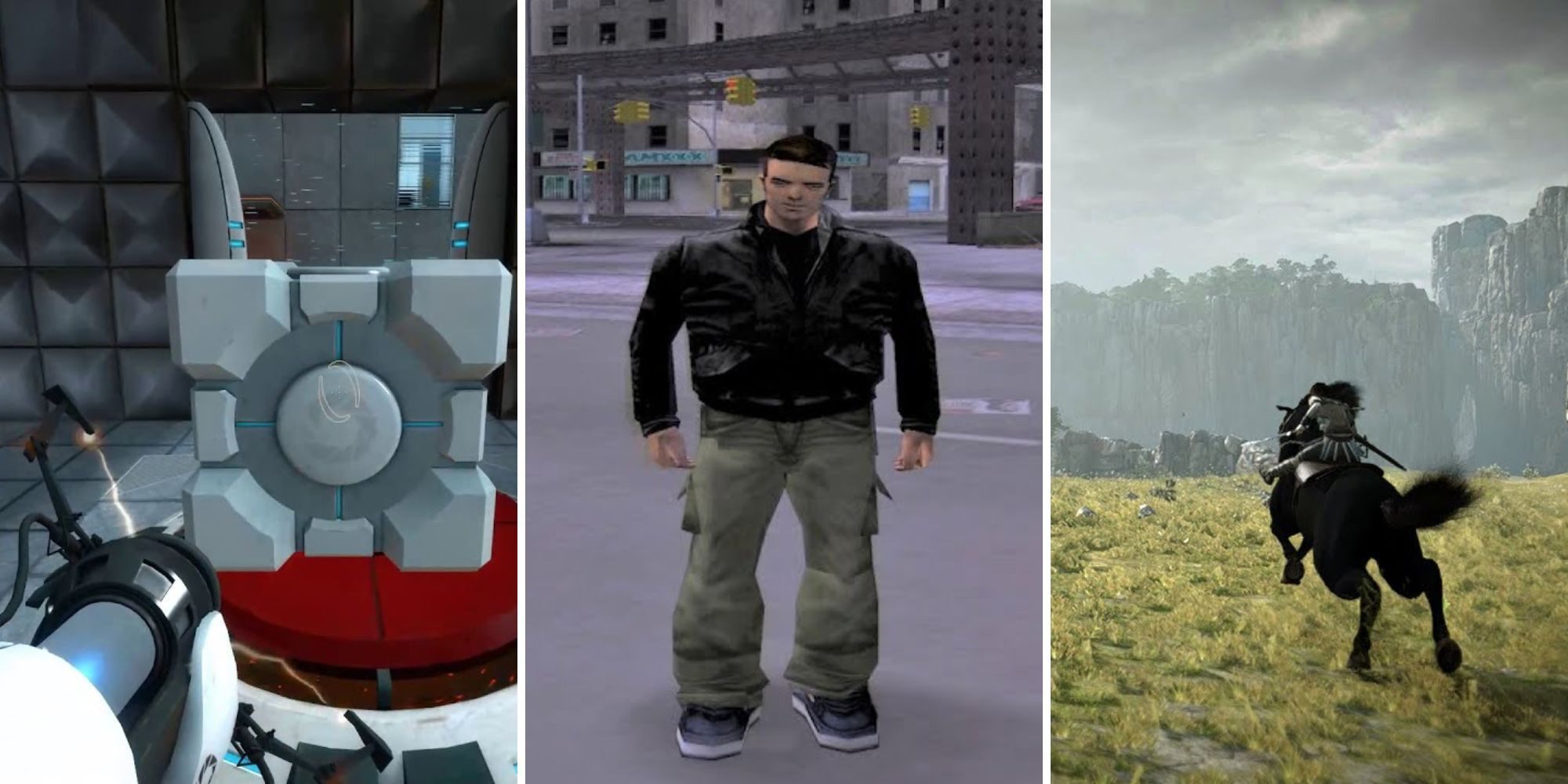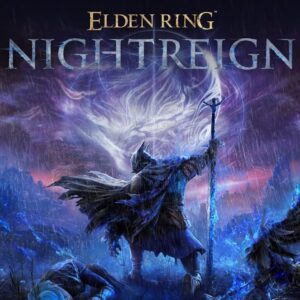Top Action Games that Revolutionized the Industry
The world of video gaming has always been a dynamic and rapidly evolving landscape, but few genres have left as lasting an impact as action games. These pulse-pounding titles have not only captivated players with their adrenaline-fueled gameplay but have also revolutionized industry standards in terms of graphics, storytelling, and mechanics. From groundbreaking franchises that set new benchmarks to innovative titles that challenged conventional norms, action games have consistently pushed the boundaries of what’s possible. In this article, we delve into the top action games that have made a significant mark on the industry, transforming the gaming experience for players around the globe.
Top Action Games that Revolutionized the Industry
The Legend of Zelda: Ocarina of Time
Released in 1998, this game by Nintendo is often hailed as one of the greatest video games of all time. It combined 3D graphics with a richly immersive story, pioneering game mechanics like the Z-targeting system, and seamlessly blended action, adventure, and puzzle elements. This game set a new standard for the action-adventure genre and influenced countless games that followed.
Grand Theft Auto III
Grand Theft Auto III, launched by Rockstar Games in 2001, revolutionized the action genre with its open-world design. Players were given unprecedented freedom to explore the city of Liberty City, engage in various missions, and interact with a dynamic environment. Its sandbox-style gameplay and mature storytelling set a benchmark that many games have emulated since.
Half-Life
Developed by Valve and released in 1998, Half-Life changed the landscape of first-person shooters. Its narrative-driven gameplay, where the story unfolded through scripted sequences rather than cut-scenes, brought a new level of immersion. The game’s AI and realistic environments were groundbreaking at the time, making Half-Life a milestone in the action genre.
Metroid Prime
Metroid Prime, launched in 2002 by Retro Studios and Nintendo, brought the Metroid series into a first-person perspective, blending exploration with intense action. Its fantastic level design, atmospheric storytelling, and seamless integration of platforming elements created a genre-defining experience that influenced many action-adventure games.
Dark Souls
Released by FromSoftware in 2011, Dark Souls is renowned for its challenging gameplay and intricate world design. The game introduced a unique multiplayer aspect through asynchronous interactions and a risk-reward system that significantly impacted the action role-playing game (RPG) genre. Its deep lore, complex combat mechanics, and unforgiving difficulty curve set it apart as a modern classic.
| Game | Year | Developer | Key Contributions |
|---|---|---|---|
| The Legend of Zelda: Ocarina of Time | 1998 | Nintendo | 3D graphics, Z-targeting system, action-adventure blend |
| Grand Theft Auto III | 2001 | Rockstar Games | Open-world design, sandbox gameplay, mature storytelling |
| Half-Life | 1998 | Valve | Narrative-driven gameplay, AI, realistic environments |
| Metroid Prime | 2002 | Retro Studios, Nintendo | First-person perspective, exploration, platforming |
| Dark Souls | 2011 | FromSoftware | Challenging gameplay, asynchronous multiplayer, deep lore |
FAQs
What are some key features that made ‘Doom’ a revolutionary action game?
‘Doom,’ released in 1993 by id Software, pioneered many aspects that are now staples in the action game genre. One of the key features was its use of 3D graphics, which provided an immersive experience that was groundbreaking at the time. Additionally, ‘Doom’ introduced a multiplayer mode that allowed players to compete against each other in real-time, a precursor to the online multiplayer games that dominate the market today. The game also featured a fast-paced, intense gameplay style that kept players engaged and on the edge of their seats. The level design was highly innovative, using non-linear progression and a variety of hidden areas that encouraged exploration, adding significant depth to the gaming experience.
How did ‘Half-Life’ influence narrative storytelling in action games?
‘Half-Life,’ developed by Valve and released in 1998, set a new benchmark for narrative storytelling in action games. Unlike many of its predecessors, ‘Half-Life’ integrated its storyline seamlessly into the gameplay, avoiding the use of traditional cutscenes. Instead, the story unfolded through scripted events and in-game interactions, allowing players to stay fully immersed in the game world. This approach influenced many subsequent games by showing that a compelling narrative could be delivered without breaking the flow of gameplay. Furthermore, ‘Half-Life’ featured a protagonist with depth, Gordon Freeman, whose silent yet impactful presence added a level of engagement and relatability. The game also provided a rich, detailed environment filled with contextual storytelling that rewarded players for exploring and paying attention to their surroundings.
In what ways did ‘Grand Theft Auto III’ change open-world action games?
‘Grand Theft Auto III,’ released in 2001 by Rockstar Games, revolutionized the open-world action genre in a myriad of ways. It offered an expansive, fully interactive 3D world where players had unprecedented freedom to explore, engage with NPCs, and undertake missions at their own pace. This sense of freedom was enhanced by the game’s highly detailed setting, Liberty City, which felt like a living, breathing environment. Another significant innovation was the ability to switch between different types of gameplay, from driving and shooting to more strategic elements, all within the same game world. ‘Grand Theft Auto III’ also introduced a more mature, gritty narrative style, complete with complex characters and morally ambiguous scenarios, which added a level of depth and realism that had rarely been seen before in video games.
What innovations did ‘The Legend of Zelda: Ocarina of Time’ bring to action-adventure games?
‘The Legend of Zelda: Ocarina of Time,’ released by Nintendo in 1998, is often cited as one of the most influential action-adventure games ever made. One of its key innovations was the introduction of Z-targeting, a lock-on system that allowed players to keep their focus on enemies while moving, which made combat more intuitive and engaging. The game’s expansive world, known as Hyrule, was meticulously crafted with a day-night cycle and weather changes, adding realism and a dynamic feel. Another groundbreaking feature was its use of context-sensitive actions, allowing a single button to perform multiple functions based on the situation, which streamlined gameplay and made it more accessible. The narrative was compelling, with an epic storyline that unfolded through cinematic cutscenes and in-game events, setting a new standard for storytelling in action-adventure games.



























Post Comment